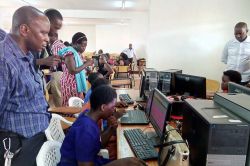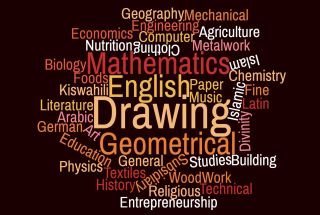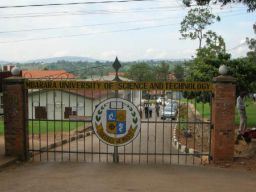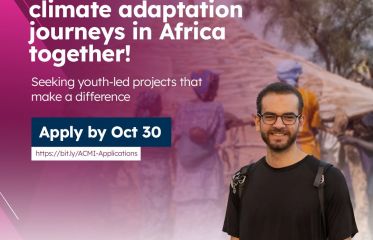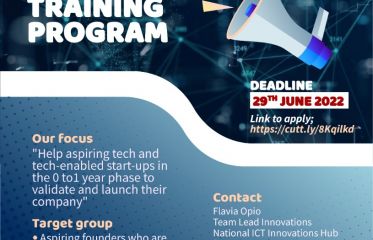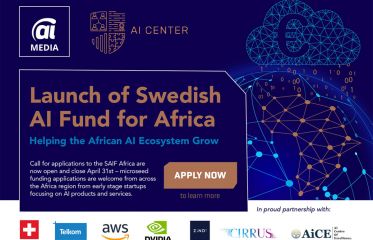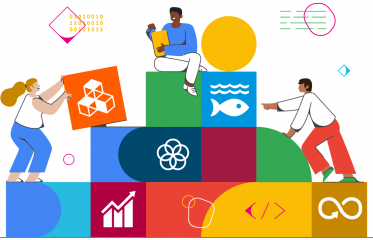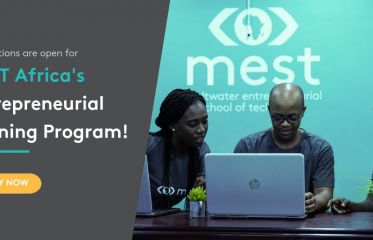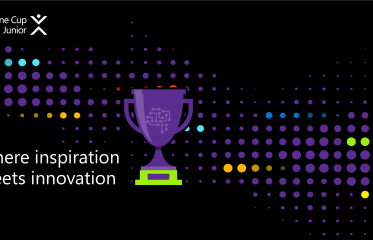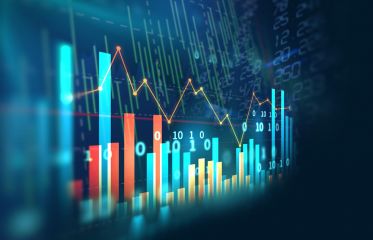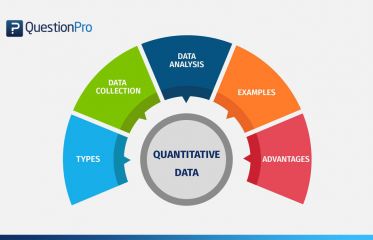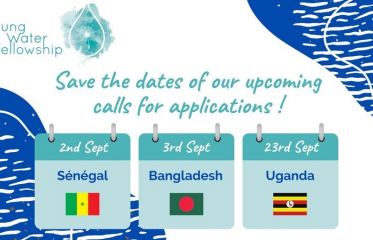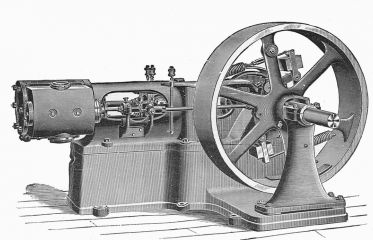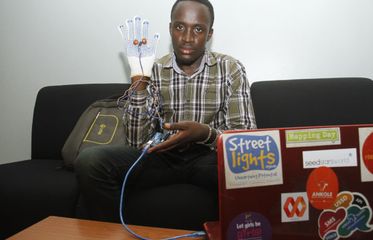Breaking News
- Flexible Remote Work Opportunity for University Students: Earn $100–$250 Per Month ...Read More
- Ministry of Education and Sports Azerbaijan Government Scholarships For 2025-2026 Academic Year ...Read More
- Government Sponsorship Undergraduate Admission Lists 2025-26 for Makerere University ...Read More
- Ministry of Education And Sports: Egyptian Government Scholarships 2025-2026 Academic Year ...Read More
- Ground Breaker Full Scholarship for girls to study Software Engineering 2025 July Intake ...Read More
- Tony Elumelu Foundation Entrepreneurship Programme (TEEP) 2025 for young African Entrepreneurs ...Read More
- DESIGNING FUTURES 2050 International Design Competition 2025 (€15,000 prize) ...Read More
- Ground Breaker Full time Scholarship for girls to study Software Engineering 2025 Intake ...Read More
- Ministry of Education And Sports Algerian Vocational Training Scholarships for 2024-2025 AY ...Read More
- Ministry of Education and Sports Advert for the Algerian Government Scholarships for 2024-2025 ...Read More
Data Scientist
Develop and implement a set of techniques or analytics applications to transform raw data into meaningful information using data-oriented programming languages and visualization software. Apply data mining, data modeling, natural language processing, and machine learning to extract and analyze information from large structured and unstructured datasets. Visualize, interpret, and report data findings. May create dynamic data reports
Add to FavouritesDevelop and implement a set of techniques or analytics applications to transform raw data into meaningful information using data-oriented programming languages and visualization software. Apply data mining, data modeling, natural language processing, and machine learning to extract and analyze information from large structured and unstructured datasets. Visualize, interpret, and report data findings. May create dynamic data reports
Daily Tasks
1. Analyze, manipulate, or process large sets of data using statistical software.
2. Apply feature selection algorithms to models predicting outcomes of interest, such as sales, attrition, and healthcare use.
3. Apply sampling techniques to determine groups to be surveyed or use complete enumeration methods.
4. Clean and manipulate raw data using statistical software.
5. Compare models using statistical performance metrics, such as loss functions or proportion of explained variance.
6. Create graphs, charts, or other visualizations to convey the results of data analysis using specialized software.
7. Deliver oral or written presentations of the results of mathematical modeling and data analysis to management or other end users
8. Design surveys, opinion polls, or other instruments to collect data.
9. Identify business problems or management objectives that can be addressed through data analysis.
10. Identify relationships and trends or any factors that could affect the results of research.
11. Identify solutions to business problems, such as budgeting, staffing, and marketing decisions, using the results of data analysis.
12. Propose solutions in engineering, the sciences, and other fields using mathematical theories and techniques.
13. Read scientific articles, conference papers, or other sources of research to identify emerging analytic trends and technologies.
14. Recommend data-driven solutions to key stakeholders.
15. Test, validate, and reformulate models to ensure accurate prediction of outcomes of interest.
16. Write new functions or applications in programming languages to conduct analyses.
Technical Skills
Python Coding
Python is the most common coding language I typically see required in data science roles, along with Java, Perl, or C/C++. Python is a great programming language for data scientists. This is why 40 percent of respondents surveyed by O'Reilly use Python as their major programming language.
Because of its versatility, you can use Python for almost all the steps involved in data science processes. It can take various formats of data and you can easily import SQL tables into your code. It allows you to create datasets and you can literally find any type of dataset you need on Google.
Hadoop Platform
Although this isn’t always a requirement, it is heavily preferred in many cases. Having experience with Hive or Pig is also a strong selling point. Familiarity with cloud tools such as Amazon S3 can also be beneficial. A study carried out by CrowdFlower on 3490 LinkedIn data science jobs ranked Apache Hadoop as the second most important skill for a data scientist with 49% rating.
As a data scientist, you may encounter a situation where the volume of data you have exceeds the memory of your system or you need to send data to different servers, this is where Hadoop comes in. You can use Hadoop to quickly convey data to various points on a system. That's not all. You can use Hadoop for data exploration, data filtration, data sampling and summarization.
SQL Database/Coding
Even though NoSQL and Hadoop have become a large component of data science, it is still expected that a candidate will be able to write and execute complex queries in SQL. SQL (structured query language) is a programming language that can help you to carry out operations like add, delete and extract data from a database. It can also help you to carry out analytical functions and transform database structures.
You need to be proficient in SQL as a data scientist. This is because SQL is specifically designed to help you access, communicate and work on data. It gives you insights when you use it to query a database. It has concise commands that can help you to save time and lessen the amount of programming you need to perform difficult queries. Learning SQL will help you to better understand relational databases and boost your profile as a data scientist.
Apache Spark
Apache Spark is becoming the most popular big data technology worldwide. It is a big data computation framework just like Hadoop. The only difference is that Spark is faster than Hadoop. This is because Hadoop reads and writes to disk, which makes it slower, but Spark caches its computations in memory.
Apache Spark is specifically designed for data science to help run its complicated algorithm faster. It helps in disseminating data processing when you are dealing with a big sea of data thereby, saving time. It also helps data scientist to handle complex unstructured data sets. You can use it on one machine or cluster of machines.
Apache spark makes it possible for data scientists to prevent loss of data in data science. The strength of Apache Spark lies in its speed and platform which makes it easy to carry out data science projects. With Apache spark, you can carry out analytics from data intake to distributing computing.
Machine Learning and AI
A large number of data scientists are not proficient in machine learning areas and techniques. This includes neural networks, reinforcement learning, adversarial learning, etc. If you want to stand out from other data scientists, you need to know Machine learning techniques such as supervised machine learning, decision trees, logistic regression etc. These skills will help you to solve different data science problems that are based on predictions of major organizational outcomes.
Data science needs the application of skills in different areas of machine learning. Kaggle, in one of its surveys, revealed that a small percentage of data professionals are competent in advanced machine learning skills such as Supervised machine learning, Unsupervised machine learning, Time series, Natural language processing, Outlier detection, Computer vision, Recommendation engines, Survival analysis, Reinforcement learning, and Adversarial learning.
Data science involves working with large amounts of data sets. You may want to be familiar with Machine learning.
Data Visualization
The business world produces a vast amount of data frequently. This data needs to be translated into a format that will be easy to comprehend. People naturally understand pictures in forms of charts and graphs more than raw data. An idiom says “A picture is worth a thousand words”.
As a data scientist, you must be able to visualize data with the aid of data visualization tools such as ggplot, d3.js and Matplottlib, and Tableau. These tools will help you to convert complex results from your projects to a format that will be easy to comprehend. The thing is, a lot of people do not understand serial correlation or p values. You need to show them visually what those terms represent in your results.
Data visualization gives organizations the opportunity to work with data directly. They can quickly grasp insights that will help them to act on new business opportunities and stay ahead of competitions.
Unstructured data
It is critical that a data scientist be able to work with unstructured data. Unstructured data are undefined content that does not fit into database tables. Examples include videos, blog posts, customer reviews, social media posts, video feeds, audio etc. They are heavy texts lumped together. Sorting these type of data is difficult because they are not streamlined.
Most people referred to unstructured data as 'dark analytics" because of its complexity. Working with unstructured data helps you to unravel insights that can be useful for decision making. As a data scientist, you must have the ability to understand and manipulate unstructured data from different platforms.
Non Technical Skills
Intellectual curiosity
Curiosity can be defined as the desire to acquire more knowledge. As a data scientist, you need to be able to ask questions about data because data scientists spend about 80 percent of their time discovering and preparing data. This is because data science field is a field that is evolving very fast and you have to learn more to keep up with the pace.
You need to regularly update your knowledge by reading contents online and reading relevant books on trends in data science. Don't be overwhelmed by the sheer amount of data that is flying around the internet, you have to be able to know how to make sense of it all. Curiosity is one of the skills you need to succeed as a data scientist. For example, initially, you may not see much insight in the data you have collected. Curiosity will enable you to sift through the data to find answers and more insights.
Business acumen
To be a data scientist you’ll need a solid understanding of the industry you’re working in, and know what business problems your company is trying to solve. In terms of data science, being able to discern which problems are important to solve for the business is critical, in addition to identifying new ways the business should be leveraging its data.
To be able to do this, you must understand how the problem you solve can impact the business. This is why you need to know about how businesses operate so you can direct your efforts in the right direction.
Communication skills
Companies searching for a strong data scientist are looking for someone who can clearly and fluently translate their technical findings to a non-technical team, such as the Marketing or Sales departments. A data scientist must enable the business to make decisions by arming them with quantified insights, in addition to understanding the needs of their non-technical colleagues in order to wrangle the data appropriately. Check out our recent flash survey for more information on communication skills for quantitative professionals.
As well as speaking the same language the company understands, you also need to communicate by using data storytelling. As a data scientist, you have to know how to create a storyline around the data to make it easy for anyone to understand. For instance, presenting a table of data is not as effective as sharing the insights from those data in a storytelling format. Using storytelling will help you to properly communicate your findings to your employers.
When communicating, pay attention to results and values that are embedded in the data you analyzed. Most business owners don't want to know what you analyzed, they are interested in how it can impact their business positively. Learn to focus on delivering value and building lasting relationships through communication.
Teamwork
A data scientist cannot work alone. You will have to work with company executives to develop strategies, work with product managers and designers to create better products, work with marketers to launch better-converting campaigns, work with client and server software developers to create data pipelines and improve workflow. You will literally have to work with everyone in the organization, including your customers.
Essentially, you will be collaborating with your team members to develop use cases in order to know the business goals and data that will be required to solve problems. You will need to know the right approach to address the use cases, the data that is needed to solve the problem and how to translate and present the result into what can easily be understood by everyone involved















